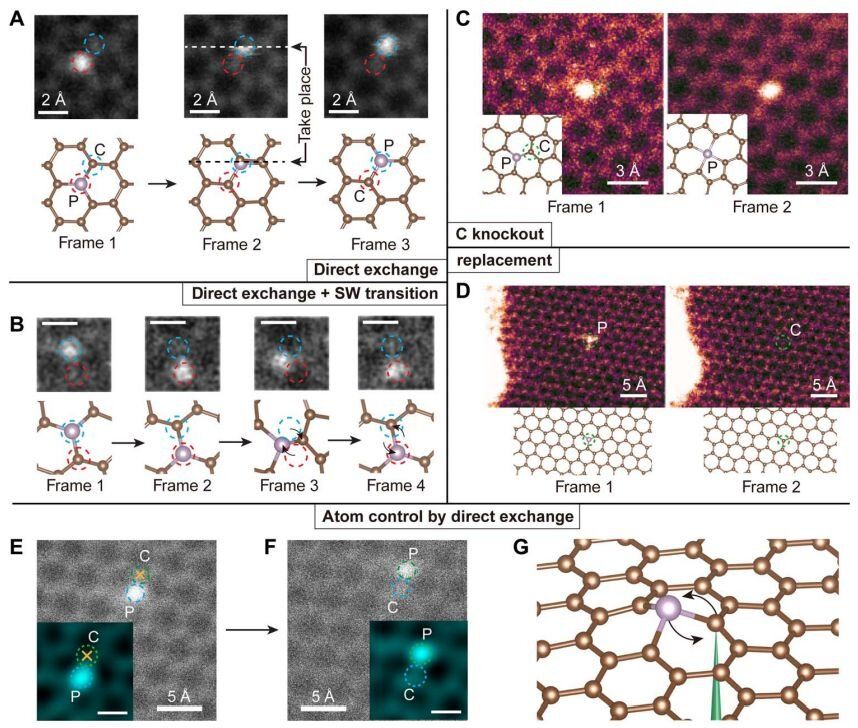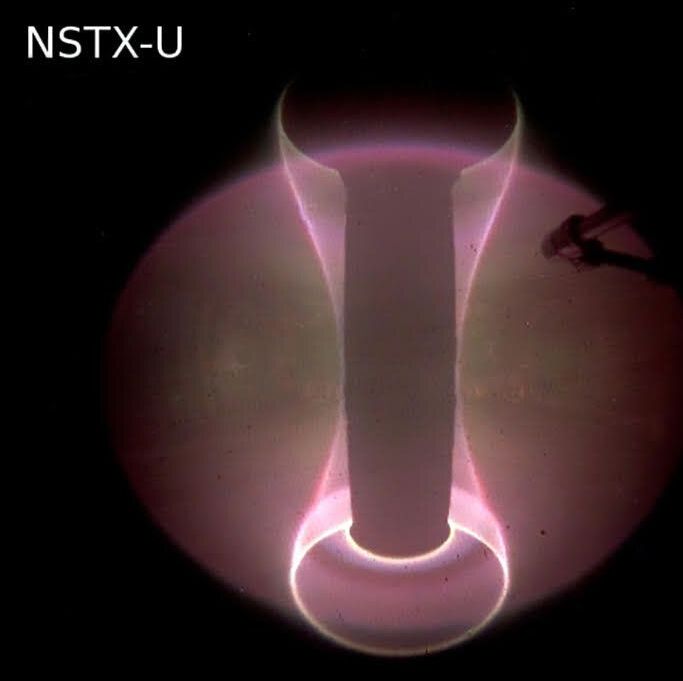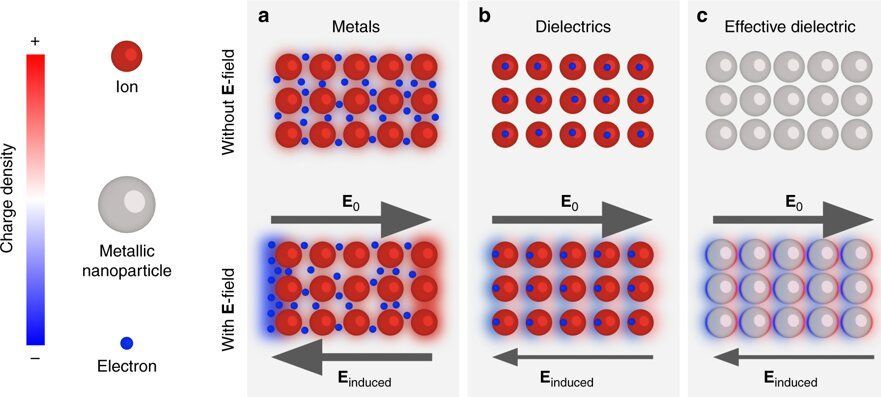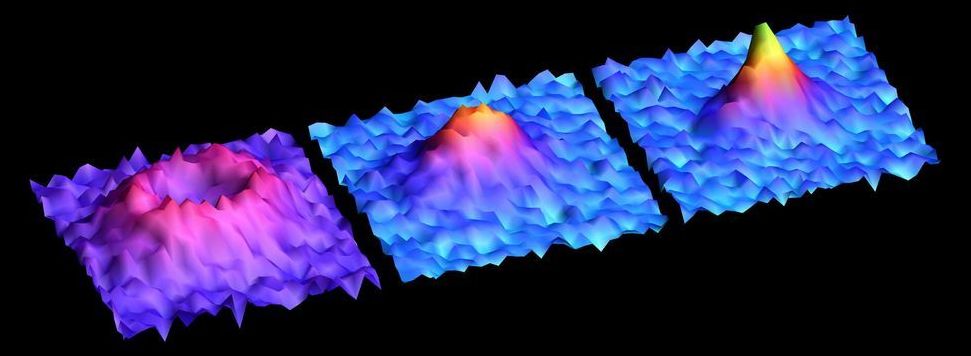Page 7847
May 17, 2019
The Morning After: Sony and Microsoft are teaming up
Posted by Quinn Sena in category: futurism
May 17, 2019
Natural compound found in broccoli reawakens the function of potent tumor suppressor
Posted by Quinn Sena in categories: biotech/medical, food, genetics
Your mother was right: Broccoli is good for you. Long associated with decreased risk of cancer, broccoli and other cruciferous vegetables—the family of plants that also includes cauliflower, cabbage, collard greens, Brussels sprouts and kale—contain a molecule that inactivates a gene known to play a role in a variety of common human cancers. In a new paper published today in Science, researchers, led by Pier Paolo Pandolfi, MD, Ph.D., Director of the Cancer Center and Cancer Research Institute at Beth Israel Deaconess Medical Center, demonstrate that targeting the gene, known as WWP1, with the ingredient found in broccoli suppressed tumor growth in cancer-prone lab animals.
“We found a new important player that drives a pathway critical to the development of cancer, an enzyme that can be inhibited with a natural compound found in broccoli and other cruciferous vegetables,” said Pandolfi. “This pathway emerges not only as a regulator for tumor growth control, but also as an Achilles’ heel we can target with therapeutic options.”
A well-known and potent tumor suppressive gene, PTEN is one of the most frequently mutated, deleted, down-regulated or silenced tumor suppressor genes in human cancers. Certain inherited PTEN mutations can cause syndromes characterized by cancer susceptibility and developmental defects. But because complete loss of the gene triggers an irreversible and potent failsafe mechanism that halts proliferation of cancer cells, both copies of the gene (humans have two copies of each gene; one from each parent) are rarely affected. Instead, tumor cells exhibit lower levels of PTEN, raising the question whether restoring PTEN activity to normal levels in the cancer setting can unleash the gene’s tumor suppressive activity.
May 17, 2019
High School Student Uses AI to Detect Gravitational Waves
Posted by Quinn Sena in categories: cosmology, education, physics, robotics/AI, supercomputing
Before he could legally drive, high school student Adam Rebei was already submitting jobs on the Blue Waters supercomputer at the National Center for Supercomputing Applications at the University of Illinois at Urbana-Champaign (NCSA) to run complex simulations of black holes.
“My first time using Blue Waters, we did a tour first and got to see the computer, which is a very amazing thing because it’s a very powerful machine,” Rebei told the NCSA, “and I just remember thinking, ‘All of the GPUs!’ It’s an insane amount of GPUs, and I’ve never seen anything like it.”
To get there, Rebei first took an astronomy class that led him to his work with the NCSA. Once there, he teamed up with research scientist Eliu Huerta, who leads the group’s Gravity Group.
Continue reading “High School Student Uses AI to Detect Gravitational Waves” »
May 17, 2019
A New Ion-Drive Transistor Is Here to Interface With Your Brain
Posted by Quinn Sena in categories: biotech/medical, computing, cyborgs, neuroscience
Silicon transistors and the brain don’t mix.
At least not optimally. As scientists and companies are increasingly exploring ways to interface your brain with computers, fashioning new hardware that conforms to and compliments our biological wetware becomes increasingly important.
To be fair, silicon transistors, when made into electrode arrays, can perform the basics: record neural signals, process and analyze them with increasingly sophisticated programs that detect patterns, which in turn can be used to stimulate the brain or control smart prosthetics.
Continue reading “A New Ion-Drive Transistor Is Here to Interface With Your Brain” »
May 17, 2019
Manipulating atoms one at a time with an electron beam
Posted by Quinn Sena in categories: computing, engineering, particle physics, quantum physics
The ultimate degree of control for engineering would be the ability to create and manipulate materials at the most basic level, fabricating devices atom by atom with precise control.
Now, scientists at MIT, the University of Vienna, and several other institutions have taken a step in that direction, developing a method that can reposition atoms with a highly focused electron beam and control their exact location and bonding orientation. The finding could ultimately lead to new ways of making quantum computing devices or sensors, and usher in a new age of “atomic engineering,” they say.
The advance is described today in the journal Science Advances, in a paper by MIT professor of nuclear science and engineering Ju Li, graduate student Cong Su, Professor Toma Susi of the University of Vienna, and 13 others at MIT, the University of Vienna, Oak Ridge National Laboratory, and in China, Ecuador, and Denmark.
Continue reading “Manipulating atoms one at a time with an electron beam” »
May 17, 2019
New Free Energy Light Bulbs Using Magnet, New Ideas For 2019
Posted by Quinn Sena in category: energy
May 17, 2019
Machine learning speeds modeling of experiments aimed at capturing fusion energy on Earth
Posted by Quinn Sena in categories: nuclear energy, particle physics, robotics/AI, transportation
Machine learning (ML), a form of artificial intelligence that recognizes faces, understands language and navigates self-driving cars, can help bring to Earth the clean fusion energy that lights the sun and stars. Researchers at the U.S. Department of Energy’s (DOE) Princeton Plasma Physics Laboratory (PPPL) are using ML to create a model for rapid control of plasma—the state of matter composed of free electrons and atomic nuclei, or ions—that fuels fusion reactions.
The sun and most stars are giant balls of plasma that undergo constant fusion reactions. Here on Earth, scientists must heat and control the plasma to cause the particles to fuse and release their energy. PPPL research shows that ML can facilitate such control.
May 17, 2019
Extraordinarily transparent compact metallic metamaterials
Posted by Quinn Sena in categories: nanotechnology, particle physics
In materials science, achromatic optical components can be designed with high transparency and low dispersion. Materials scientists have shown that although metals are highly opaque, densely packed arrays of metallic nanoparticles with more than 75 percent metal by volume can become more transparent to infrared radiation than dielectrics such as germanium. Such arrays can form effective dielectrics that are virtually dispersion-free across ultra-broadband ranges of wavelengths to engineer a variety of next-generation metamaterial-based optical devices.
Scientists can tune the local refractive indices of such materials by altering the size, shape and spacing of nanoparticles to design gradient-index lenses that guide and focus light on the microscale. The electric field can be strongly concentrated in the gaps between metallic nanoparticles for the simultaneous focusing and ‘squeezing’ of the dielectric field to produce strong, doubly enhanced hotspots. Scientists can use these hotspots to boost measurements made using infrared spectroscopy and other non-linear processes across a broad frequency range.
In a recent study now published in Nature Communications, Samuel J. Palmer and an interdisciplinary research team in the departments of Physics, Mathematics and Nanotechnology in the U.K., Spain and Germany, showed that artificial dielectrics can remain highly transparent to infrared radiation and observed this outcome even when the particles were nanoscopic. They demonstrated the electric field penetrates the particles (rendering them imperfect for conduction) for strong interactions to occur between them in a tightly packed arrangement. The results will allow materials scientists to design optical components that are achromatic for applications in the mid-to-infrared wavelength region.
Continue reading “Extraordinarily transparent compact metallic metamaterials” »
May 17, 2019
Single molecule magnet used as a scanning magnetometer
Posted by Quinn Sena in categories: materials, particle physics
A team of researchers from the University of California and Fudan University has developed a way to use a single molecule magnet as a scanning magnetometer. In their paper published in the journal Science, the group outlines their research which involved demonstrating their sensor scanning the spin and magnetic properties of a molecule embedded in another material.
As scientists continue their quest to squeeze ever more data onto increasingly smaller storage devices, they are exploring the possibility of using the magnetic state of a single molecule or even an atom—likely the smallest possible memory element type. In this new effort, the researchers have demonstrated that it is possible to use a single molecule affixed to a sensor to read the properties of a single molecule in another material.
To create their sensor and storage medium, the researchers first absorbed magnetic molecules of Ni(cyclopentadienyl)2 onto a plate coated with silver. Then, they pulled a nickelocene molecule from the silver surface and applied it to the tip of a scanning tunneling microscope sensor. Next, they heated an adsorbate-covered surface to 600 millikelvin and then moved the sensor tipped with the single molecule close to the surface and read the signals received by the probe as the two molecules interacted.
Continue reading “Single molecule magnet used as a scanning magnetometer” »


















